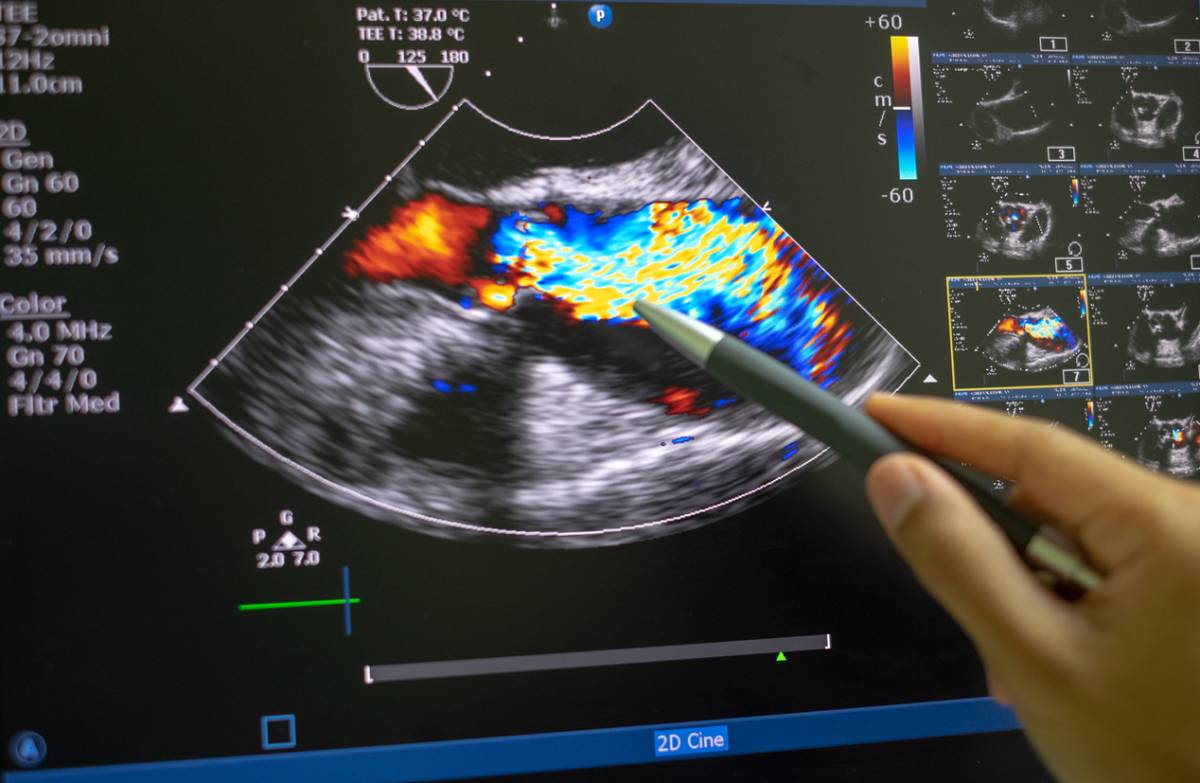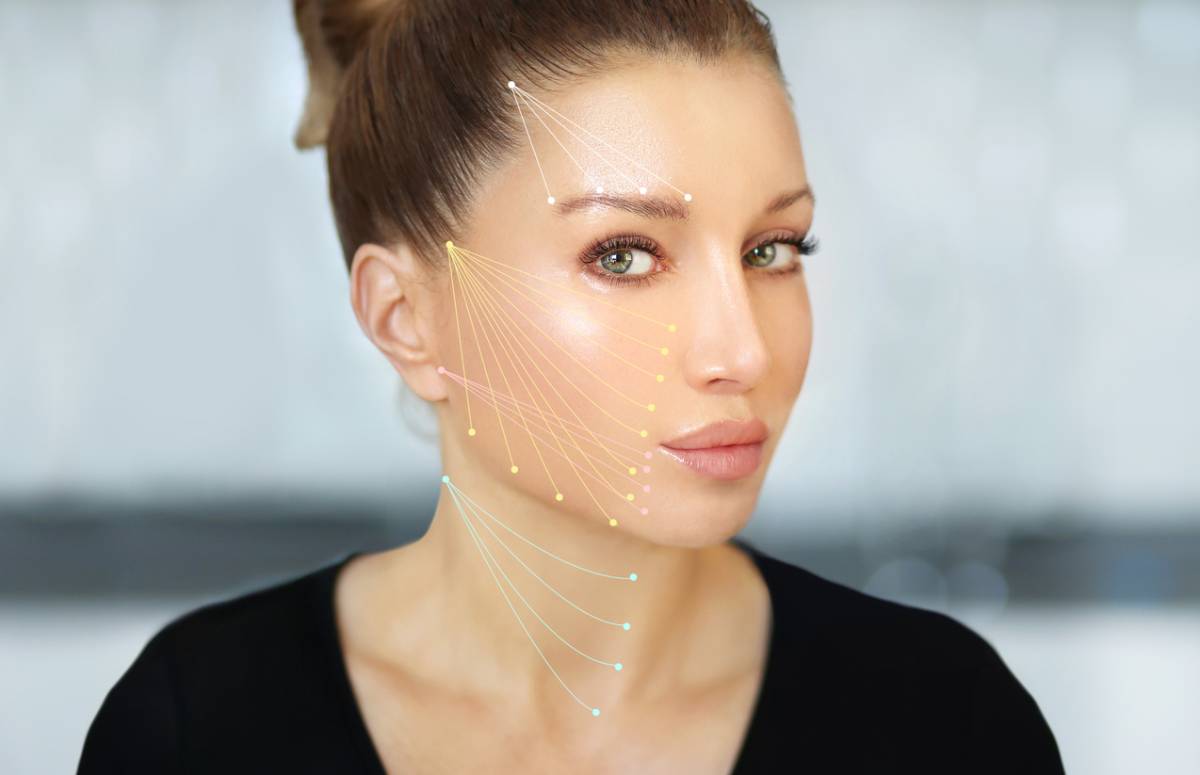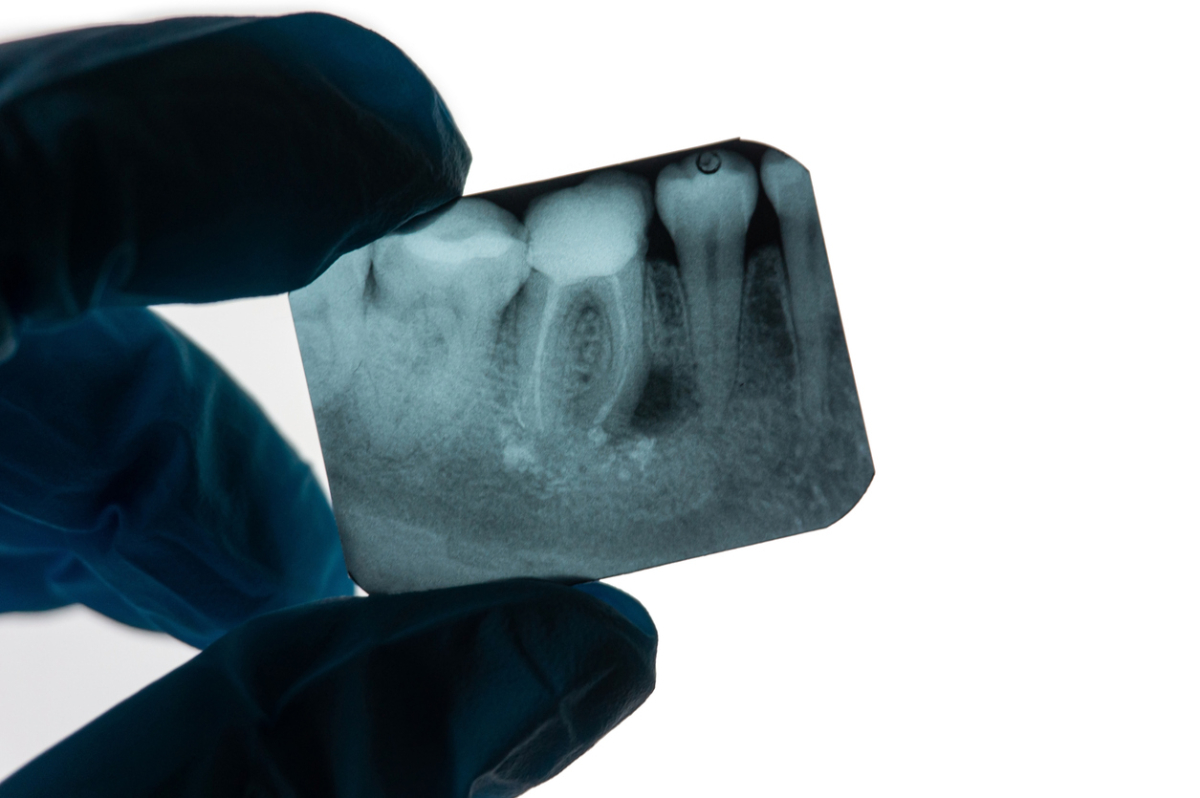Most Popular Cosmetic Procedures for Women
Aging, pregnancy, and breastfeeding can impact a woman’s facial and bodily appearance. Sagging, excess skin, fine lines, and wrinkles can all take a toll on one’s appearance and impact confidence and self-esteem. However, several cosmetic procedures can minimize the signs of aging. If you are concerned about your changing appearance, read on to discover the most popular cosmetic procedures for women.
Most Popular Cosmetic Procedures for Women
Cosmetic procedures have become increasingly popular over the last decade because they are safer and more effective than ever. Surgical techniques have also made the results look more natural and even last longer. Below are some of the most common cosmetic procedures for women.
Breast Augmentation
Breast augmentations are a popular cosmetic procedure. They involve using implants or a fat transfer to increase the size of the breasts. This procedure is excellent for women who are unhappy with their naturally smaller chests. It can restore lost volume and improve the shape of the breasts. Volume loss is common after weight loss or pregnancy. Breast augmentations are a common cosmetic surgery as they can dramatically boost one’s self-confidence.
Tummy Tuck
A tummy tuck, also known as abdominoplasty, is a popular cosmetic procedure that involves removing fat from the abdomen. Excess skin is also removed during the procedure to create a flatter and smoother abdomen. During the procedure, surgeons also remove stretch marks found on the lower abdomen. The abdominal muscles are tightened to create a slimmer and more toned figure. Tummy tucks are beneficial for women whose stomachs have changed due to pregnancy or sudden, significant weight loss.
Liposuction
Liposuction is a common cosmetic procedure that removes excess fat. Even for those who diet and exercise, stubborn fat in certain areas can be difficult to get rid of. Liposuction is a great way to get rid of those last few pounds of stubborn fat. It can be performed on the abdomen, thighs, buttocks, neck, chin, upper arms, and back. Liposuction is often combined with a tummy tuck to optimize the results of the procedure.
Facelift
Facelifts are a highly popular procedure among women. The procedure involves removing excess skin and tightening the underlying facial tissue. A skilled plastic surgeon in Beverly Hills can provide you with a more toned and youthful appearance after a facelift. The signs of aging cause skin sagging, deep wrinkles, and loss of muscle tone. A facelift can lift and tighten the face by reducing the signs of aging. It often leaves patients looking more than a decade younger.
Rhinoplasty
Rhinoplasty is commonly known as a nose job. Many women are unhappy with their natural noses. A nose job can alter the appearance of your nose, including making it more proportional to the rest of your face. Rhinoplasty can also adjust the shape of your nose. For some patients, particularly those with deviated septums, rhinoplasty can also improve their breathing. A nose job can address both your health and cosmetic concerns surrounding your nose.
Plastic Surgeon in Beverly Hills
If you are unhappy with your appearance, consider some of the most popular cosmetic procedures for women. Several cosmetic procedures are available to address your specific body and face concerns. The first step in moving forward with one such procedure is setting up a consultation. Dr. Brent is a skilled surgeon in Beverly Hills. With the help of his team, he has performed countless cosmetic procedures. Contact Dr. Brent today to schedule your consultation!





